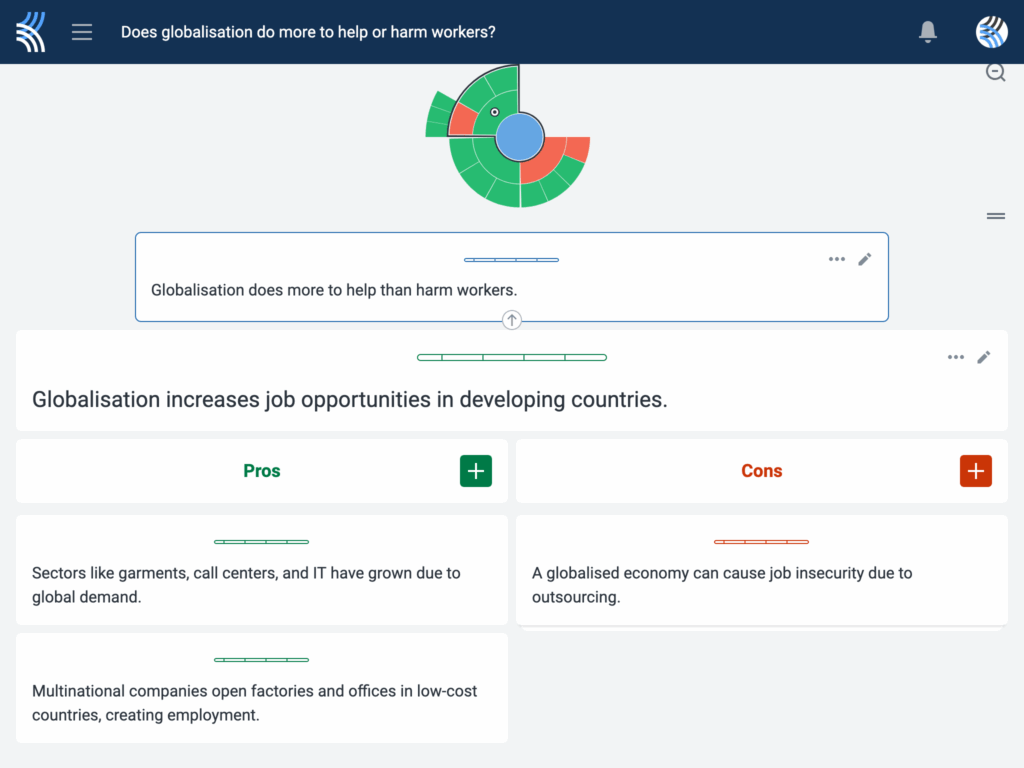In an era of algorithm-driven opinions and instant takes, critical thinking is not just a skill — it’s a necessity. As an educator and guidance counselor, I’ve seen how often students struggle with it — not because they lack intelligence, but because they’ve rarely been taught how to think, only what to think.
Experience is the best teacher — why debating is essential
I learned the value of critical thinking not from textbooks, but from debate.
Preparing cases, anticipating counterarguments, and defending my position forced me to genuinely understand opposing views. The goal wasn’t just to win — it was to listen, interrogate, and sharpen my own beliefs. That training gave me the tools to navigate complexity and nuance, not just arguments.
Today, I see those same benefits in students who take debate seriously: they grow more articulate, more empathetic, and far more adaptable in their thinking.
The Classroom Challenge to get students participating
In my IGCSE Global Perspectives class, I often ask students to explore nuanced and complicated issues — from the ethics of AI surveillance to whether globalization reduces or reinforces inequality.
Initially, many students freeze. They look for a “correct” side, afraid of saying the “wrong” thing. Years of exam-focused learning have taught them to prioritize certainty over curiosity.
It takes time — and the right tools — to break that habit.
A Shift Through Structure: Using Kialo for engaging class discussions
One tool that’s made a real difference is Kialo, a platform that structures discussions using a visual pros-and-cons format following the principles of argument. It’s simple, intuitive, and incredibly effective.
For example, during a unit on labor exploitation in global supply chains, we used Kialo to map the question: “Does globalisation do more to help or harm workers?” Students posted claims and rebuttals, building a web of economic, ethical, and political perspectives.
Suddenly, students who rarely spoke in class were engaging deeply — citing sources, challenging one another, and even revising their views as the discussion evolved.

Using Kialo gave their thinking shape. It turned critical thinking from an abstract ideal into a visible, iterative process.
Why teaching critical thinking matters
We’re raising a generation that will inherit not just climate change and geopolitical shifts, but deepening divides in how we access, evaluate, and act on information. The ability to think critically — across disciplines, across beliefs — is what will separate those who follow from those who lead.
Teaching students to think for themselves is slow work. It doesn’t fit neatly into a rubric. But when I watch a student abandon a knee-jerk opinion in favor of a well-reasoned argument, I’m reminded: This is what education is for.


